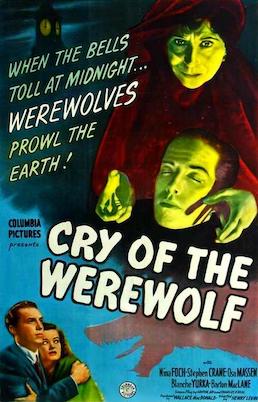
Cry of the Werewolf is a 1944 American horror film directed by Henry Levin and starring Nina Foch, Stephen Crane, Osa Massen, Blanche Yurka and Barton MacLane.

Arizona is a 1931 American pre-Code drama film directed by George B. Seitz and starring Laura La Plante, John Wayne and June Clyde. It is one of several films based on Augustus Thomas's 1899 play of the same name. Filmed as "Arizona", the movie's makers applied to the New York State Censor Board for a new title, "Men Are Like That", and the film was released and reviewed under that title in New York and elsewhere. The film was released in the U.K. as The Virtuous Wife.

Nina Quartero was an American movie actress whose career spanned from 1928 to 1943. She starred in several shorts and later in features such as The Red Mark (1928), Frozen River (1929), and Men of the North (1930).
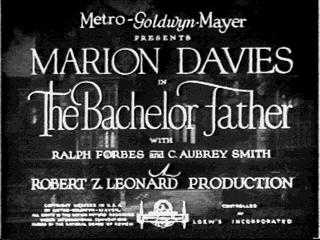
The Bachelor Father is a 1931 American pre-Code MGM comedy drama film directed by Robert Z. Leonard and starring Marion Davies and featuring Ralph Forbes, C. Aubrey Smith, Ray Milland and Guinn "Big Boy" Williams. It was based on a same-titled play by Edward Childs Carpenter, with Smith re-creating his role from the Broadway production. The plot centers around a stuffy British nobleman whose three grown children suddenly arrive at his estate and decide to move in with him.
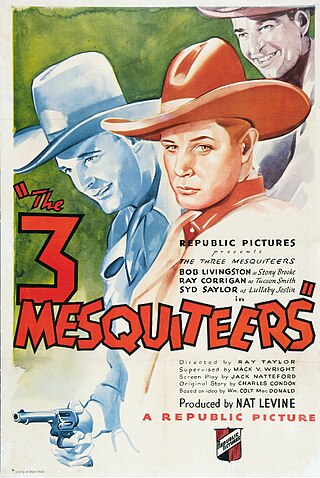
The Three Mesquiteers is a 1936 American Western "Three Mesquiteers" B-movie, starring Bob Livingston, Ray "Crash" Corrigan and Syd Saylor. It is first in a 51-film series of "Three Mesquiteers" films based on characters from the novels written by William Colt MacDonald, eight of which starred John Wayne. The film was directed by Ray Taylor, and produced by Nat Levine and written by Jack Natteford.
The Bondman is a 1929 British silent adventure directed by Herbert Wilcox and starring Norman Kerry, Frances Cuyler, and Donald Macardle. It was based on the 1890 novel The Bondman by Hall Caine.

The Shadow of the Desert is a 1924 American silent horror film directed by George Archainbaud. The film is based upon the novel The Shadow of the East by Edith Maude Hull, who also wrote the best-selling desert romance The Sheik.
Men of the North is a 1930 American Western film directed by Hal Roach and written by Richard Schayer from a story by Willard Mack. The film stars Gilbert Roland, Barbara Leonard, Arnold Korff, Robert Elliott and George Davis. The film was released on September 27, 1930, by Metro-Goldwyn-Mayer. It is notable as the only film Roach made as a director-for-hire, as he normally functioned as a producer.
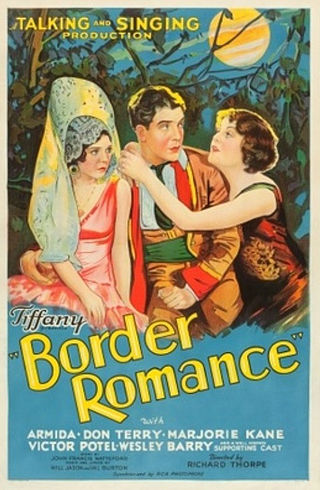
Border Romance is a 1929 American pre-Code Western romance film directed by Richard Thorpe. An early sound film, it stars Armida, Don Terry, Marjorie Kane, and Victor Potel.
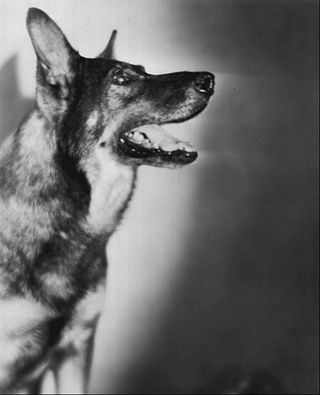
Frozen River is a lost 1929 sound part-talkie film directed by F. Harmon Weight and starring the canine star Rin Tin Tin and boy actor Davey Lee. In addition to sequences with audible dialogue or talking sequences, the film features a synchronized musical score and sound effects along with English intertitles. The soundtrack was recorded using the Vitaphone sound-on-disc system. Warner Bros. produced and distributed the film.

Burning Gold is a 1936 American drama film directed by Sam Newfield and starring William Boyd, Judith Allen and Lloyd Ingraham. It is a modern-day western about a World War I veteran who becomes a wildcat prospector for oil and enjoys a major strike.

Treasure of Ruby Hills is a 1955 American black-and-white Western film directed by Frank McDonald and starring Zachary Scott, Carole Mathews, Barton MacLane, Dick Foran, and Lola Albright. The film is based on the story "The Rider of the Ruby Hills" by Louis L'Amour. He wrote the story under the pen-name Jim Mayo; the story was later expanded as the novel Where the Long Grass Blows in 1976.

Left-Handed Law is a 1937 American Western film directed by Lesley Selander and written by Frances Guihan. It is based on the 1936 novel Left Handed Law by Charles M. Martin. The film stars Buck Jones, Noel Francis, Nina Quartero, Frank LaRue, Lee Shumway, Robert Frazer, Lee Phelps, George Regas and Matty Fain. The film was released on April 1, 1937, by Universal Pictures.

Law of the Northwest is a 1943 American Western film directed by William Berke and starring Charles Starrett, Shirley Patterson and Arthur Hunnicutt.
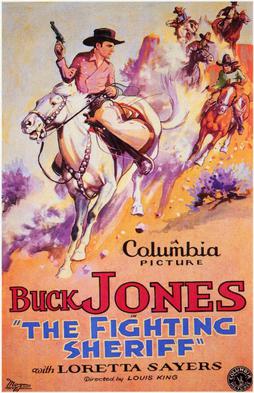
The Fighting Sheriff is a 1931 American Western film directed by Louis King and starring Buck Jones, Loretta Sayers and Robert Ellis.

Driftin' Sands is a 1928 American silent Western film directed by Wallace Fox and starring Bob Steele, Nina Quartero, and William H. Turner.
Trapped is a 1931 American crime drama film directed by Bruce M. Mitchell and starring Nick Stuart, Priscilla Dean and Nina Quartero.

Black Hills is a 1947 American Western film directed by Ray Taylor and starring Eddie Dean, Shirley Patterson, and Roscoe Ates. It was shot at the Iverson Ranch. It was part of a series of fifteen B westerns produced by PRC featuring Dean and Ates.
Under Secret Orders is a 1933 American thriller film directed by Sam Newfield and starring Don Dillaway, Nina Quartero and Phyllis Barrington. It was produced on Poverty Row by the independent producer Willis Kent. In Britain it was released by Butcher's Film Service.

The Cyclone Ranger is a 1935 American western film directed by Robert F. Hill and starring Bill Cody, Nina Quartero and Eddie Gribbon. It was made as a second feature for distribution by the Poverty Row outfit Spectrum Pictures. It was shot at the Iverson Ranch in California.
















